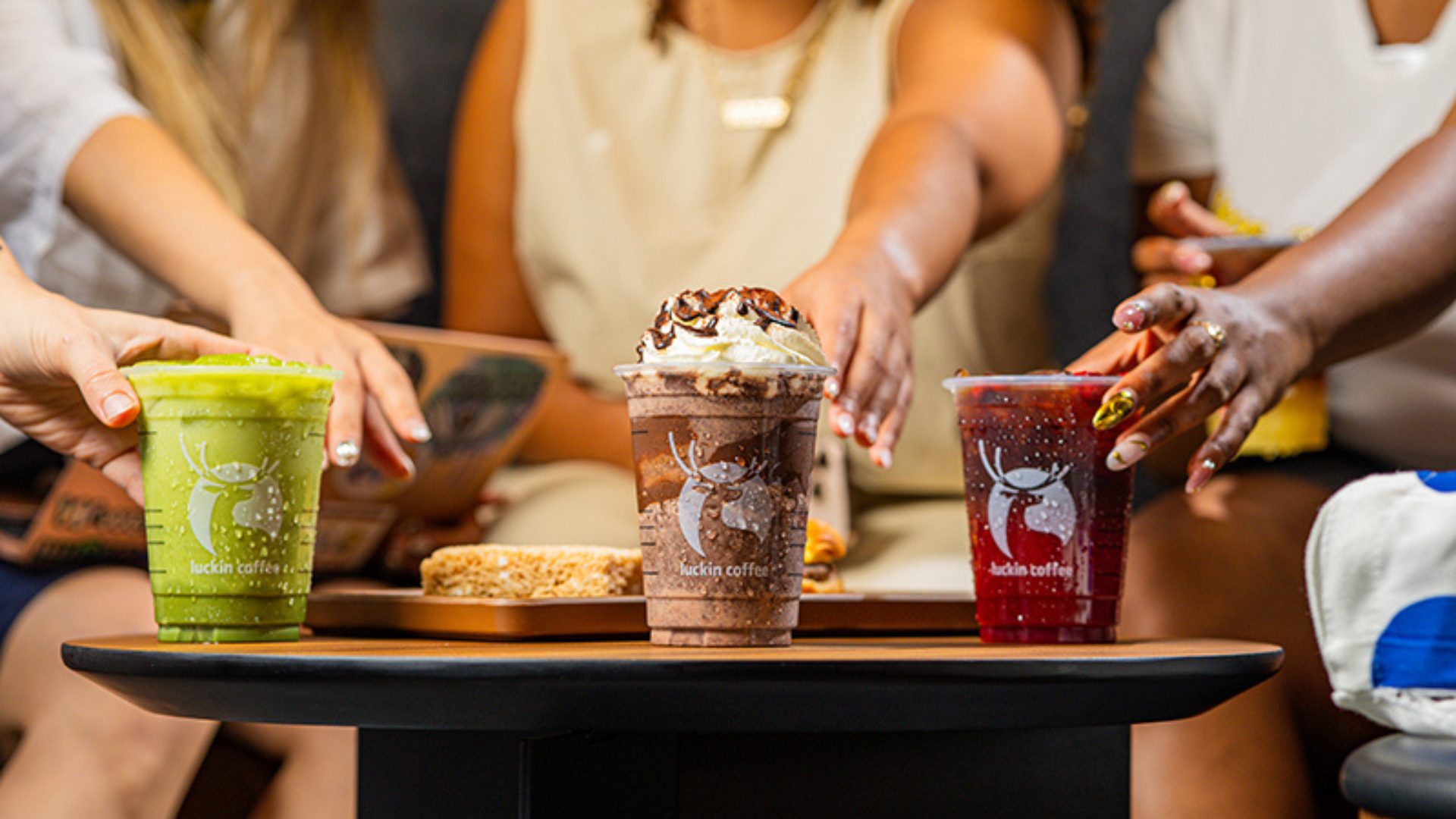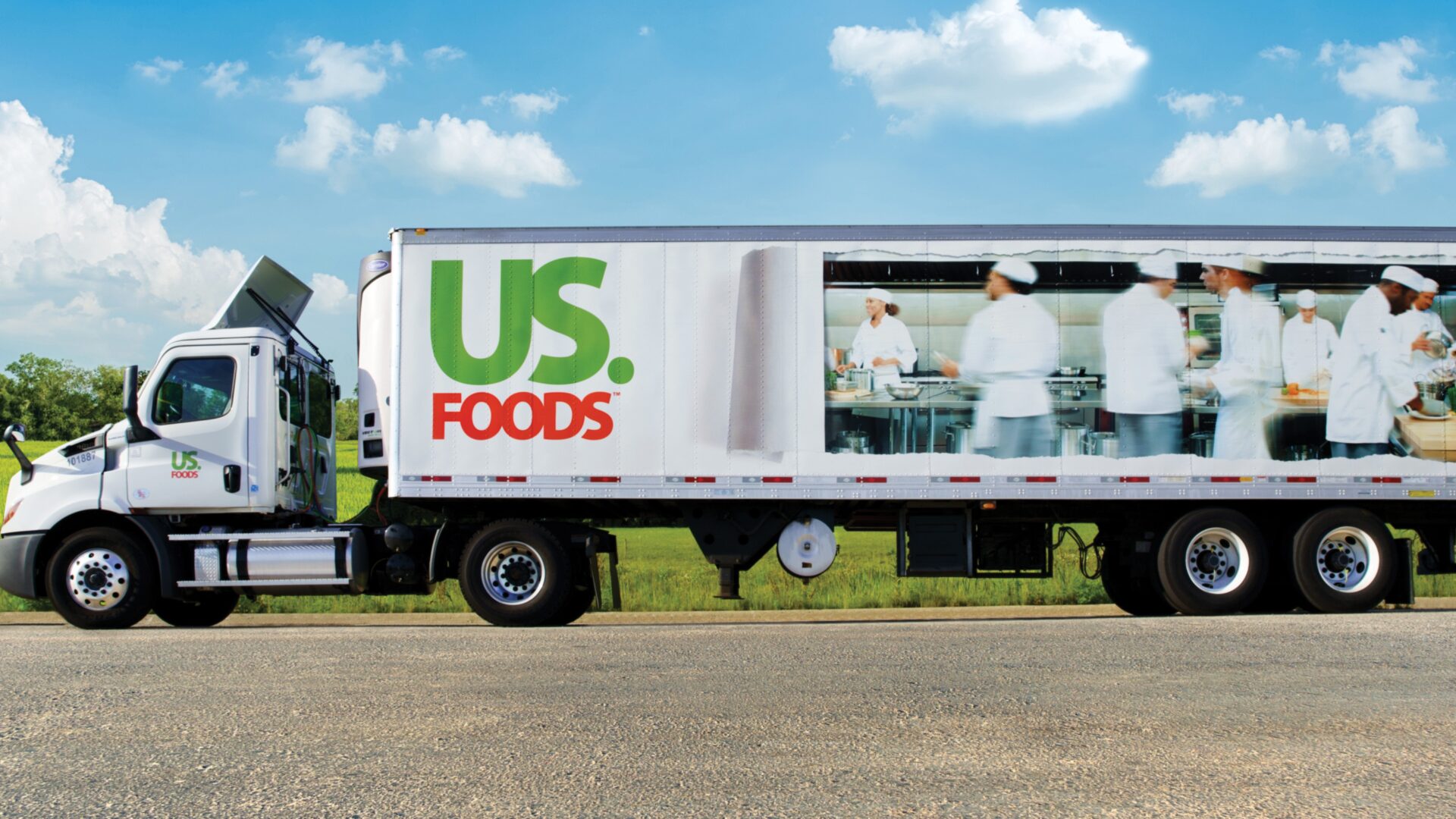National chains are growing while locally owned restaurants suffer in the pandemic, reported The Wall Street Journal (Oct. 12).
Large chains have more flexibility both when it comes to moving money and locations around and in transitioning to delivery and curbside pickup. This ease of ordering means customers tend to think of them first.
The divide between large and small restaurants seemed to surface in the summer. Chipotle more than tripled its online business sales in the second quarter, while Domino’s, Papa John’s, and Wingstop all reported double digit same-store sales increases in the third quarter compared with the year-earlier period.
McDonald’s said U.S. same store sales rose 4.6% in the third quarter, which included a rise in the low double digits during September—its best monthly performance in nearly a decade.
“The silver lining in this pandemic is we are going to emerge stronger,” said Bernard Acoca, CEO of El Pollo Loco. El Pollo Loco opened three restaurants in 2020 and aims to add more in years ahead, Acoca noted.
Meanwhile, prospects for independent restaurants are dimming. Three-quarters of the nearly 22,000 restaurants that closed across the U.S. between March 1 and Sept. 10 were businesses with fewer than five locations, according to Yelp.com.
The National Restaurant Association predicts 100,000 restaurants will close this year. The sudden loss of many independent restaurants could permanently change the landscape of American cities.
Independent coffee shops are also giving way to chain competitors, reported The Seattle Times (Oct. 12).
The number of coffee shops in the U.S. is shrinking for the first time in nine years as sales decrease. This is aiding coffee-serving chains such as Starbucks, Dunkin’, and McDonald’s gain ground in the market.
“Closures have happened already and we believe the winter could bring another wave, especially for coffee shops depending on outdoor seating or even walk-up foot traffic,” said Rabobank’s senior beverage analyst James Watson.
Euromonitor International reported the U.S. will have 25,307 outlets specializing in coffee or tea by the end of 2020, down 7.3% from 2019 and representing the first decline since 2011. With annual sales plunging 12% to $24.7 billion, chain operators are finding ways to gain ground as independent outlets fight to keep their doors open.
“Coffee shops that succeed in this new climate will need to try to re-create as many of their popular pre-COVID-19 attributes as before while being in line with the new realities of social distancing,” said Matthew Barry, a beverages consultant for Euromonitor. “This will include moving many aspects online, where personal engagement is still possible without physical proximity.”
Overall volumes and sales in the coffee foodservice industry are expected to fall for the five years ending 2024 while retail coffee sales at grocery stores gain.
Unlike independent chains, larger operators have the resources to handle short- and medium-term losses while pivoting to online ordering and drive-thru service, noted Watson.
“The most challenging situations have often been based on location, with residential coffee shops far outperforming office/travel-based locations,” Watson said. “Much of survival also comes down to rent negotiations with landlords and the potential for further government assistance—factors that are hard to control and highly variable.”












